The orchid is a flower that exemplifies elegance. This tropical beauty worked Europeans into a hysteria known as Orchideliruim in the 1800s, during which it became fashionable to pay premium prices at auction for the blossoms.
Today, centuries of careful breeding practices have made this once-rare flower accessible to any indoor plant lover. Are you considering adding an orchid to your plant collection? This article will teach you about orchid care, as well as interesting facts about this flower, its origins, and the different types of orchids.
What is an orchid?
Having flourished since the time of the dinosaurs, orchids are considered one of the largest and oldest plant families on the planet. More than 30,000 unique species of orchids are found worldwide, and modern breeding practices have resulted in an additional 150,000 hybrids.
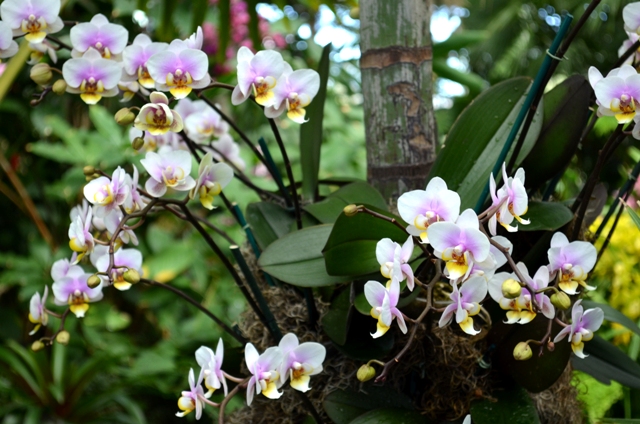
What sets orchids apart from most flowers is their growing strategy. Orchids don’t grow in the soil but rather are epiphytes (air plants) that root themselves to trees and rocks. There, they capture water and nutrients from the surrounding air with their exposed roots.
Today, wild orchids face environmental threats due to pollution, habitat destruction, and climate change, to the point that many varieties are at risk of extinction. For these reasons, you should avoid purchasing wild-harvested plants and only buy orchids from legitimate vendors. This lets you enjoy their beauty at home without compromising the ones that remain in the wild.
Orchid myths and color meanings
Orchids are associated with a lot of symbolism. This elegant flower has long been linked to ideas of love, thoughtfulness, and fertility. The color you choose is believed to carry certain significance, especially when given as a gift.
- Blue: Peace, beauty, and tranquility
- White: Innocence, reverence, and humility
- Purple: Respect, admiration, and royalty
- Pink: Femininity, charm, and grace
- Yellow: Joy and friendship
- Green: Health, nature, and financial good fortune
- Orange: Pride, enthusiasm, and having fun
While this symbolism is fun to consider, the right orchid color for you will always be the one you love the most. Don’t limit your selection based on these color connotations! Instead, consider the care instructions and traits of different varieties.
Orchid varieties
Below are the three most common types of beginner-friendly orchids available.
Phalaenopsis
Considered a symbol of health and prosperity, this Southeast Asian native produces flowers in a range of colors and patterns, and tends to blossom in slightly cooler weather. It’s one of the most popular orchids due to its large flowers and ease of care, and it comes in purple, white, and blue varieties.
Dendrobium
This orchid variety hails from Asia, Australia, and the Pacific Islands, and is considered a symbol of wisdom and beauty. Wild dendrobiums usually bloom in the early spring to mid-summer and are available in various colors, including yellow, brown, pink, and purple.
It’s a robust grower and will send up new flower canes every year. But, unlike other varieties, you shouldn’t trim the spent flower stems of this orchid until there are three or more in a pot.
Oncidium
You can find this delicate orchid growing throughout North and South America, where it blooms from spring to fall. Oncidium is a diverse family that thrives in a vast range of habitats. Many varieties have names that sound as dynamic as their coloration, including tiger crow, wildcat, dancing lady, and ram’s head.
Pay close attention to the care instructions for your chosen variety, as they can vary significantly from one to the next.
How to care for an orchid plant
You can best enjoy orchids at home by staying mindful of their tropical origins. They do well when grown in pots of bark or moss that mimic the tree branches they call home in the wild, and most varieties need lots of filtered light. Placing them in east-facing windows is ideal, as it exposes them to early morning light that’s not too harsh. If you only have south- or west-facing windows, place a sheer or thin sheet over your orchids to protect them from the strong rays of the sun.
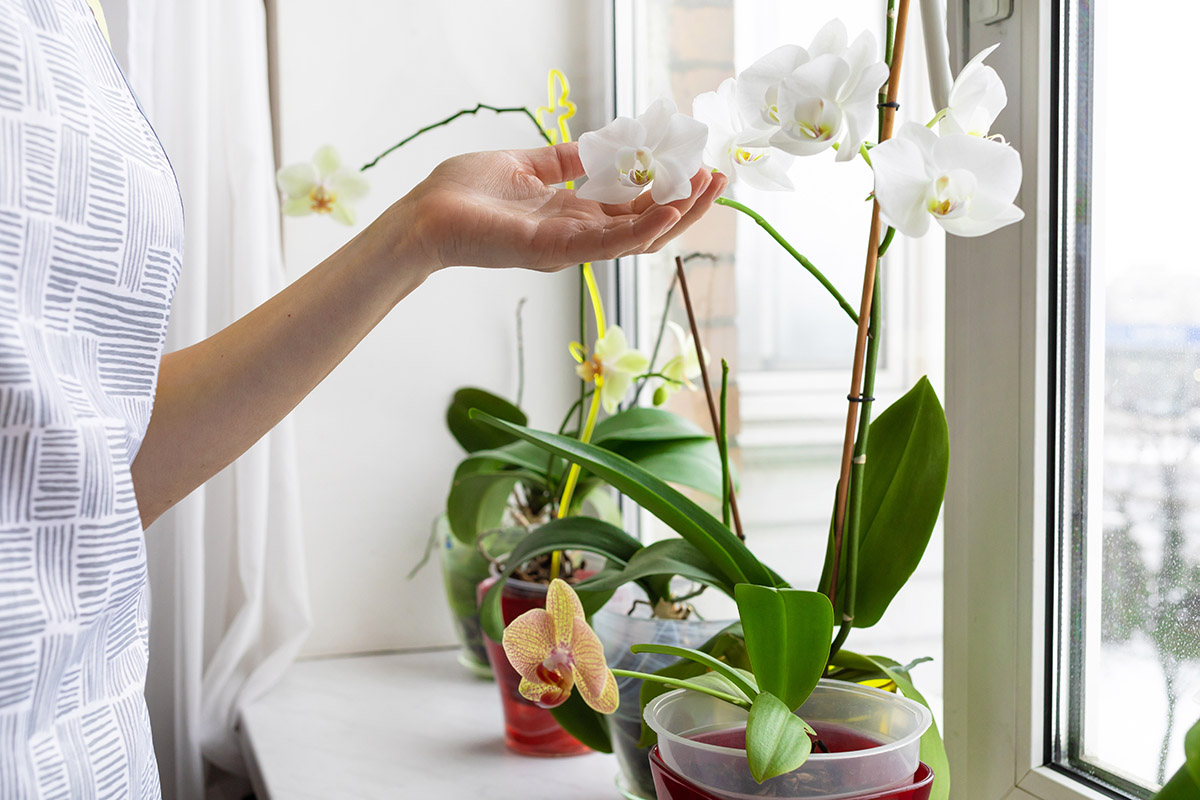
Keep your flowers at temperatures between 65° and 90° F, being careful not to place your orchids in the path of a vent or draft. Provide them with a balanced fertilizer (20-20-20 ratio is recommended) every few weeks. Most need to be watered every five to seven days, though the roots should stay moist in between.
Alfred Palomares, VP, merchandising at 1-800-Flowers.com, offers a helpful trick to keeping orchids properly watered. “Add three ice cubes a week for a full-size orchid,” he says. “The key is to ensure the growing medium does not get dry and, at the same time, make sure the roots do not sit in water. This can lead to root rot.”
Under proper conditions, you can expect each bloom to last two months or longer before fading. Once the flower is finished, cut its stem back to about an inch above the planting line and continue watering as usual. The orchid is entering a temporary resting stage, during which it will start to stockpile energy before producing the next bloom. Care for it like normal, and the flower stalk should soon grow back.
Some orchid species, such as phalaenopsis, do best when replanted every few years. Others get stressed when their roots are moved, so make sure you understand the specific requirements for your variety before considering upgrading your pot.
How to care for cut orchids
If your orchids arrive in a box, take them out and cut one inch off the bottom of each stem on a slant with clean, sharp scissors or shears. This gives the stems more surface area to draw up water and ensures that the flowers will stay well hydrated. Orchids arriving in a vase will already be cut on an angle and shouldn’t need to be recut right away.
Fill a clean vase with water three-fourths of the way to the top, then add the packet of flower food to the water before arranging the flowers in the vase.
You can make your own food for several changes of water with this little recipe:
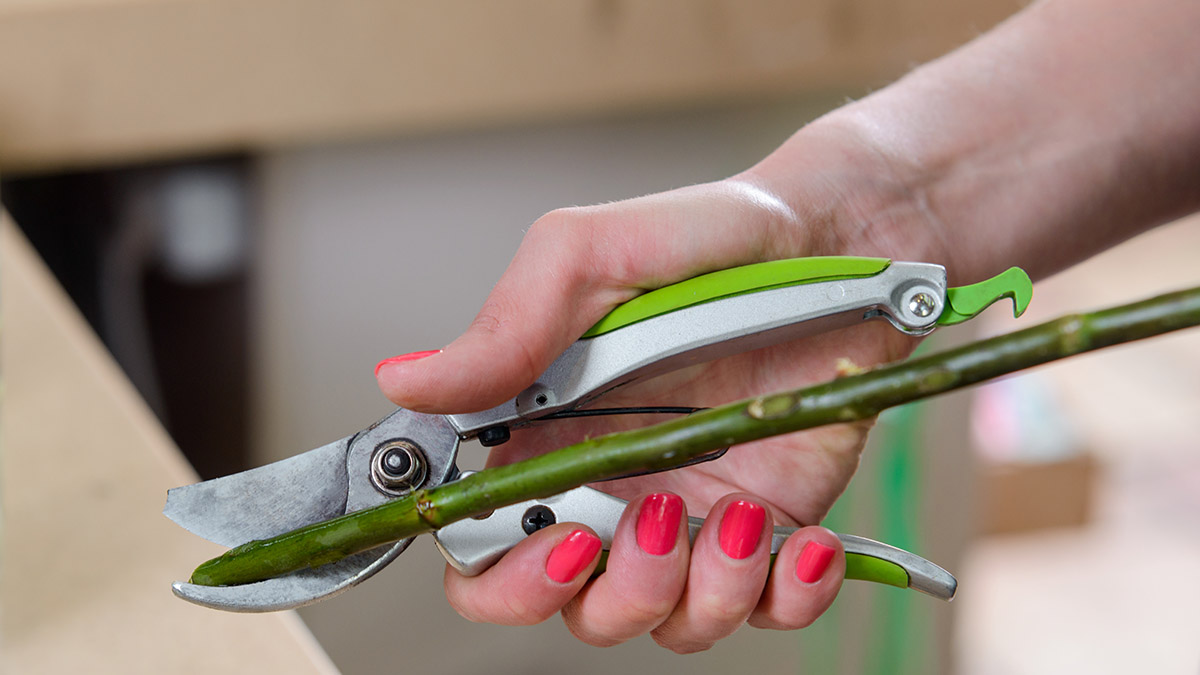
- 3/4 teaspoon household bleach
- 2 tablespoons lemon juice
- 1 tablespoon sugar
This recipe is for one quart of water. The bleach will keep the water clear and bacteria free, the lemon juice stabilize the acidity of the water, and the sugar will provide food for the flowers.
To keep your orchids fresh for as long as possible, follow these four simple steps:
- Change the water every two to four days and add more flower food each time. If the water begins to get cloudy, change it immediately.
- Recut each stem on an angle each time you change the water.
- Discard any flowers that have faded and are past their prime.
- Keep the orchids in a cool environment (65° F to 72° F) out of direct sunlight. At night, put them in the coolest room of the house out of the way of drafts from heating or cooling vents.

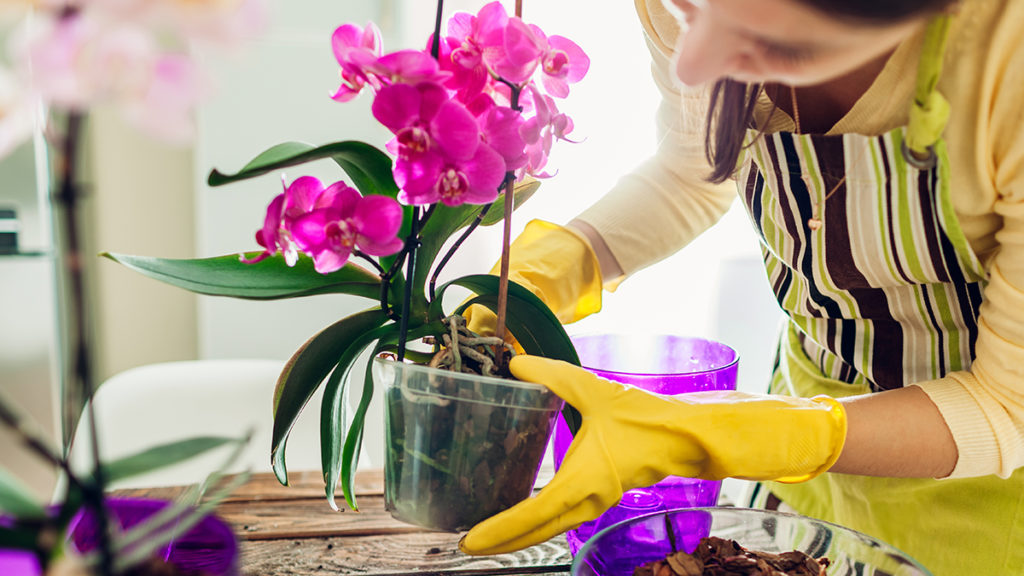
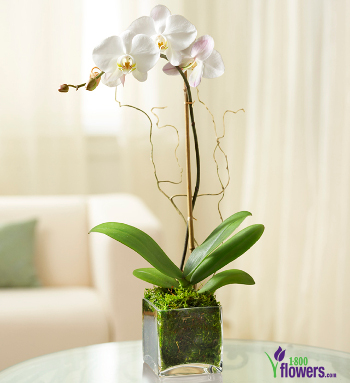
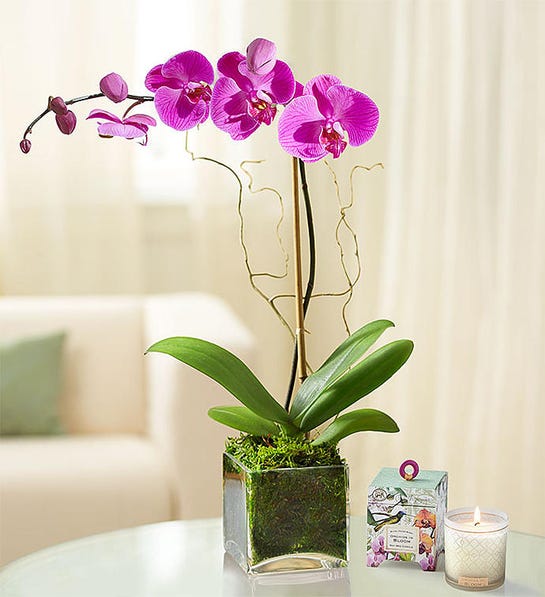
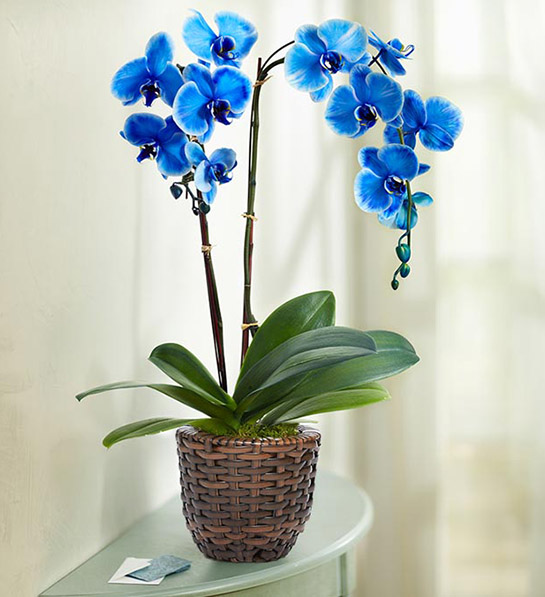

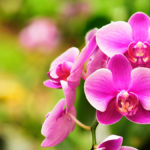
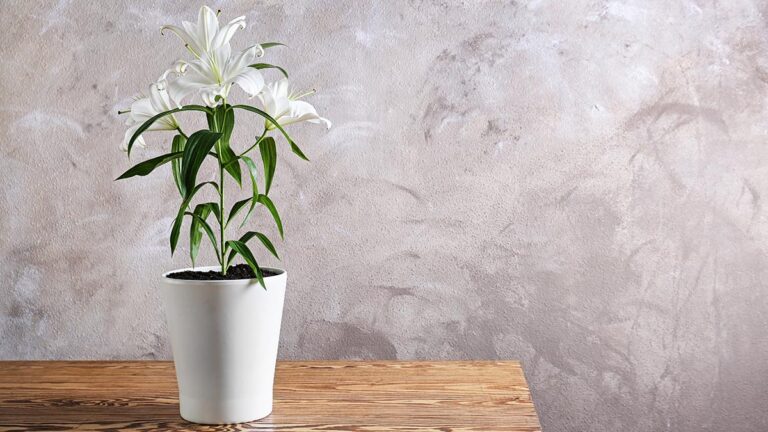
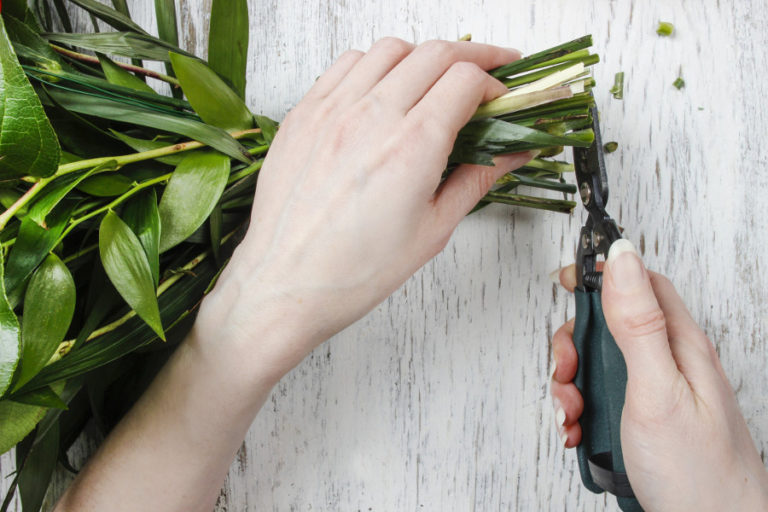
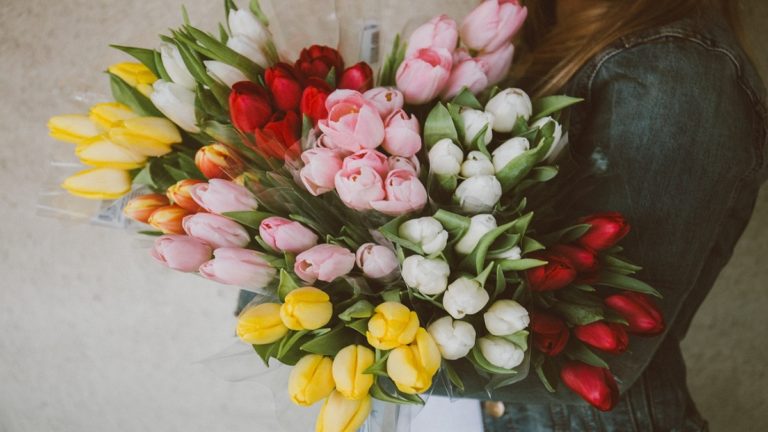
Comments are closed.